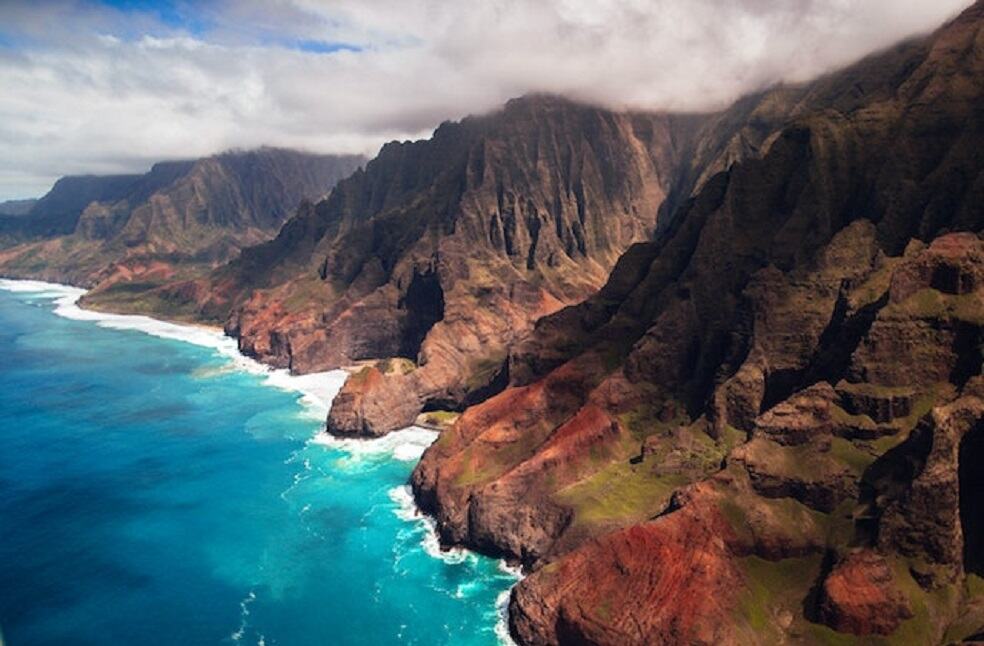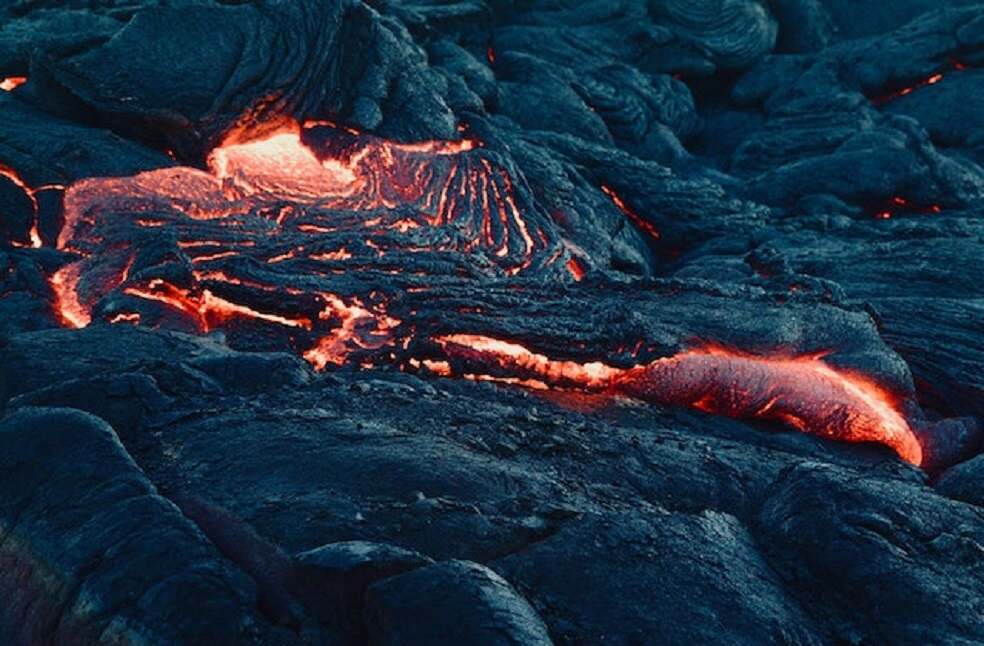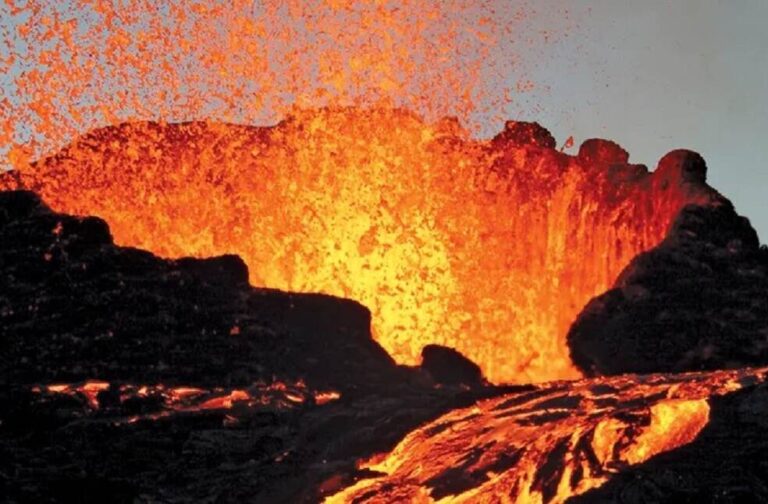Hawaii, US: The largest active Volcano in the world, Mauna Loa in Hawaii, has erupted for the first time in nearly 4 decades causing volcanic ash and debris to fall nearby.
The US Geological Survey issued a report about 15 minutes after the eruption in Hawaii Volcanoes National Park, declaring that the flow of lava was contained inside Mauna Loa’s summit but that the eruption could become dangerous if the weather changed.
“At this time, lava flows are contained within the summit area and are not threatening downslope communities,” the Geological Survey noted on its website.

The Authorities warn that lava flows could spread quickly downslope if the eruptive vents migrate outside the Volcano’s protective walls while the eruption on the main Island of the Pacific State stays contained inside the basin at its top.
Lava does appear to have flowed outside the crater, but for the time being, the eruptive vents are still contained within the caldera, the volcano monitoring office of the survey tweeted.
“However, lava flows in the summit region are visible from Kona. There is currently no indication of any migration of the eruption into a rift zone,” the Hawaiian Volcano Observatory cited in a statement.
A Rift Zone is where the mountain splits apart. The rock is cracked and relatively weak, and it’s easier for magma to emerge.

The Geological Survey stated that the Hawaiian Volcano Observatory was in consultation with Emergency Management Personnel and its staff would conduct an aerial reconnaissance over the 4,168-metre Volcano as soon as possible. Hawaii’s Authorities stated that no evacuation orders have been issued despite the summit area and a number of nearby highways being closed.
The National Weather Service in Honolulu has issued an ashfall warning for parts of the Big Island, stating that up to 0.6 CM of ash could accumulate in some places. The Geological Survey reports that Mauna Loa, the biggest Volcano on Earth, has erupted 33 times since 1843. The Hawaiian Islands are home to 6 active volcanoes.



